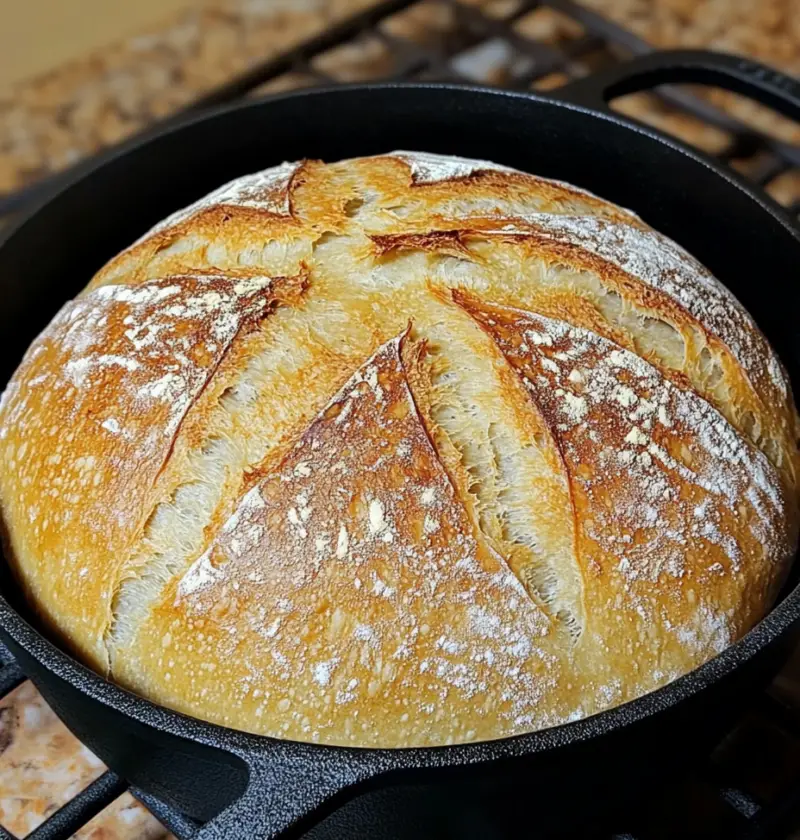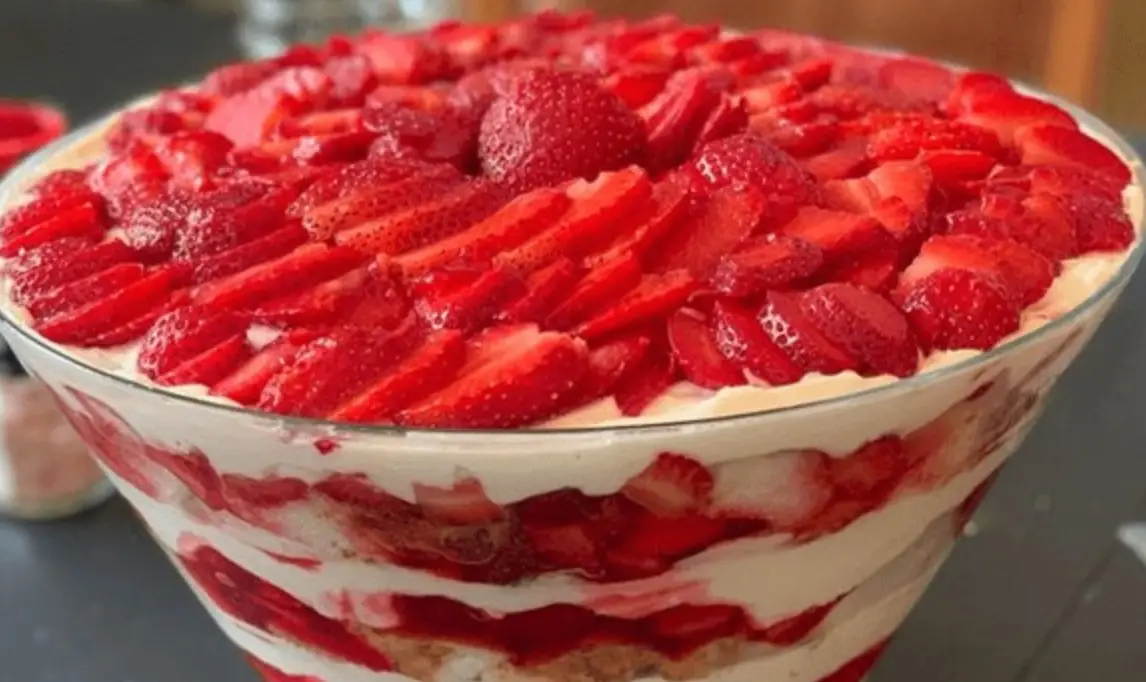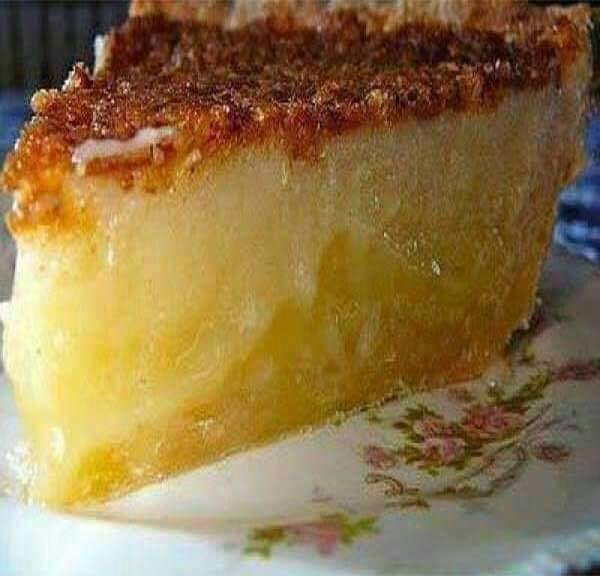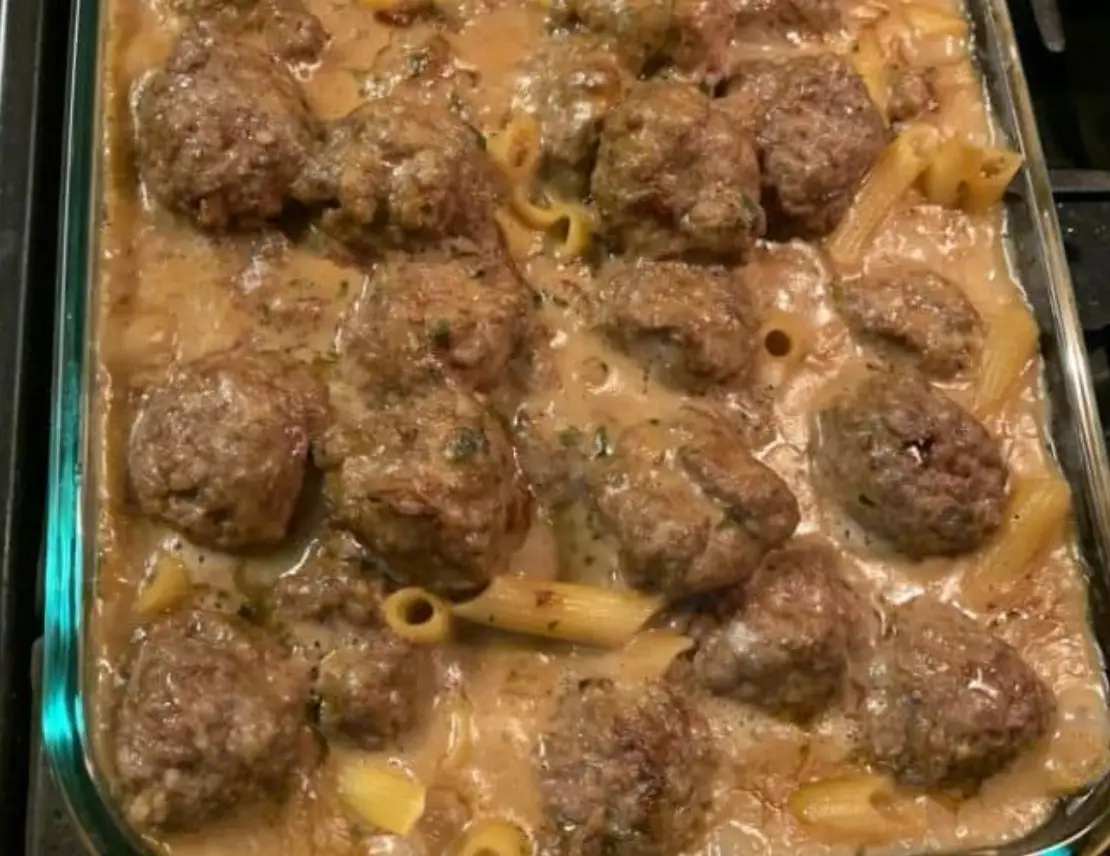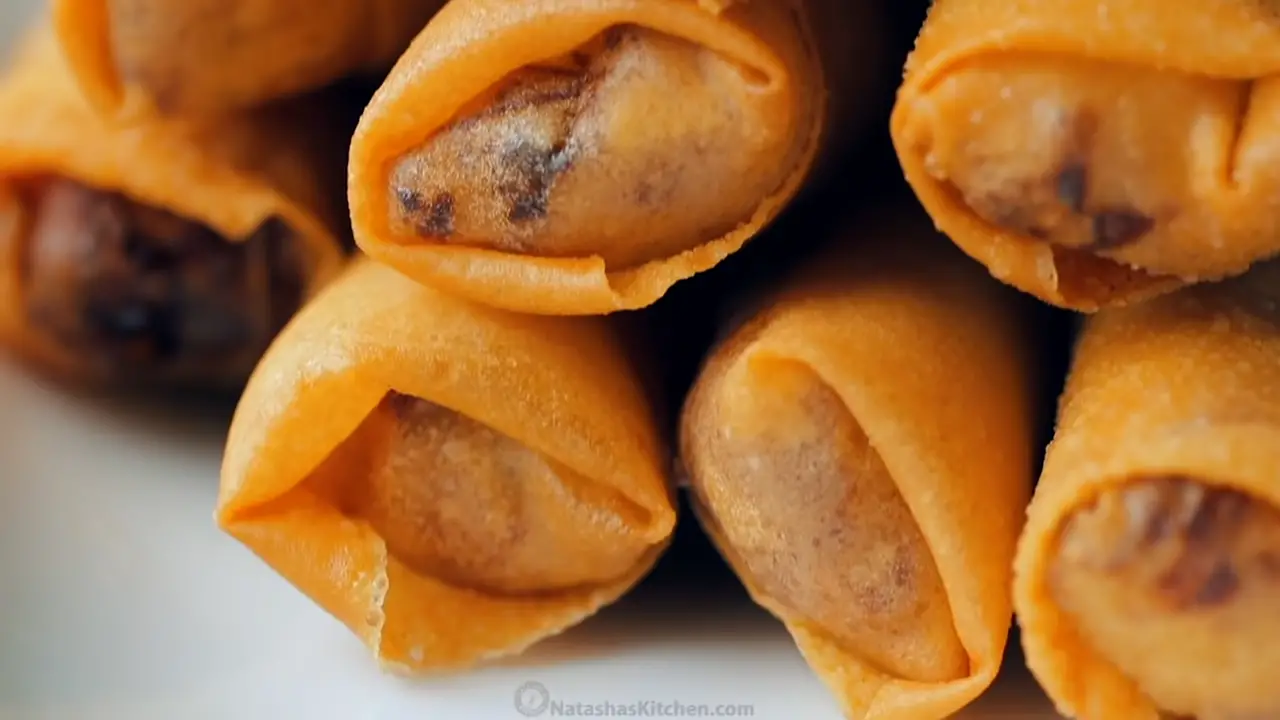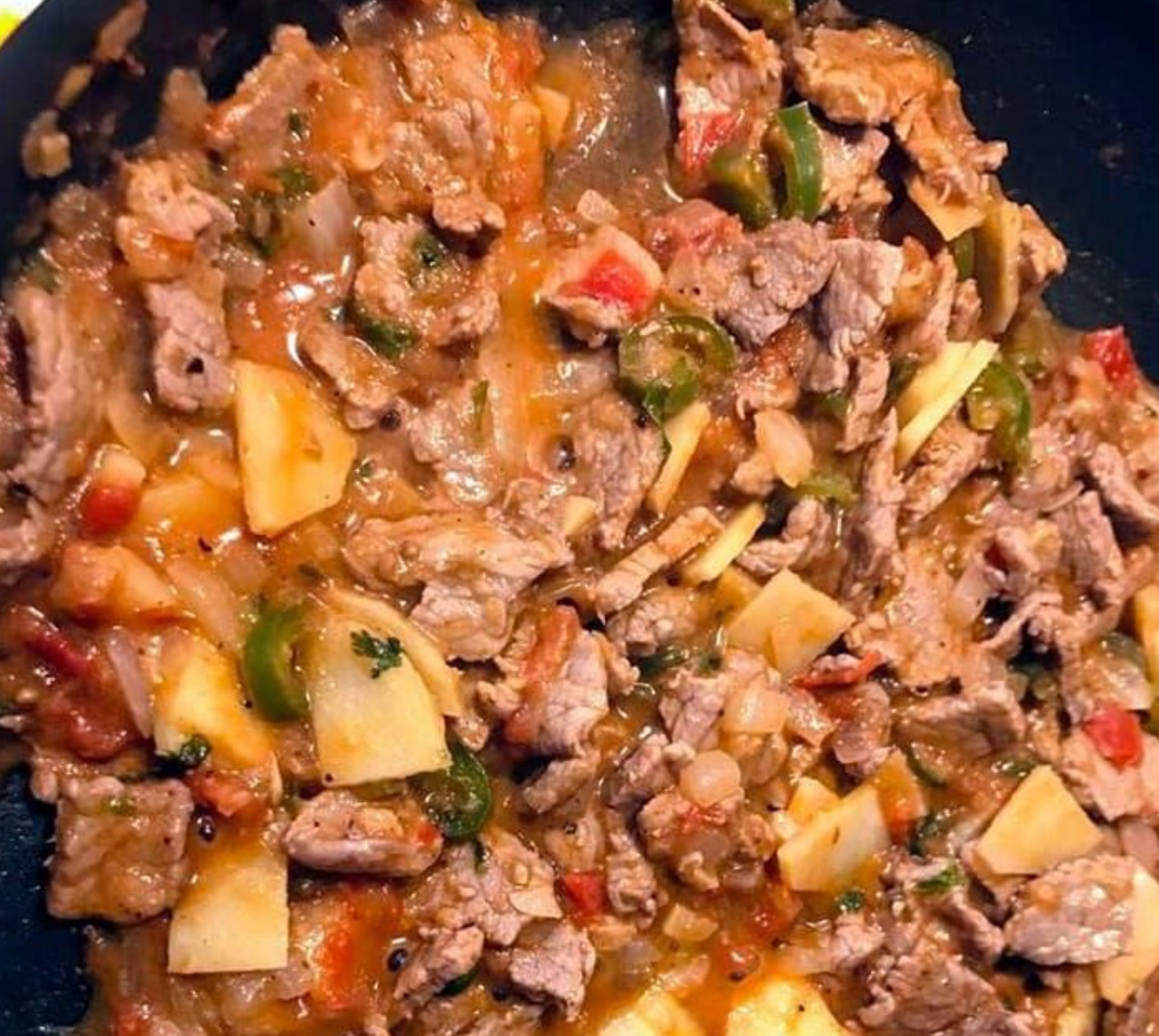No Knead Artisan Bread Dutch Oven Method
Introduction
In this recipe, we will explore the process of making delicious artisan bread using the Dutch oven method. This no-knead technique allows you to create a crusty and flavorful loaf without the need for extensive kneading or specialized equipment. Whether you are a seasoned baker or new to bread making, this recipe is sure to impress your family and friends.
Ingredients
To make this no-knead artisan bread, you will need the following ingredients:
Main Ingredients:
- 3 cups all-purpose flour
- 2 teaspoons salt
- 1/2 teaspoon instant yeast
- 1 1/2 cups lukewarm water
Optional Additions:
- 1/4 cup olives, pitted and chopped
- 2 tablespoons fresh rosemary, chopped
- 1/4 cup sun-dried tomatoes, rehydrated and chopped
Steps
Follow these steps to make your own no-knead artisan bread:
Step 1: Mixing the Dough
In a large mixing bowl, combine the flour, salt, and instant yeast. Mix well to distribute the ingredients evenly.
Add the lukewarm water and stir until a shaggy dough forms. It may look messy, but that’s okay!
Cover the bowl with plastic wrap and let it sit at room temperature for 12-18 hours. This long fermentation time will develop the bread’s flavors and create a beautiful crust.
Step 2: Shaping and Second Rise
After the long fermentation period, the dough will have risen and become bubbly. Lightly flour a clean surface and transfer the dough onto it.
Gently shape the dough into a ball by folding the edges towards the center. Use your hands or a dough scraper to help with the shaping process.
Place the shaped dough onto a piece of parchment paper and cover it loosely with a clean kitchen towel. Let it rise for another 1-2 hours.
Step 3: Preparing the Dutch Oven
While the dough is undergoing its second rise, preheat your oven to 450°F (230°C). Place a Dutch oven with its lid on inside the oven during the preheating process.
Once the oven has reached the desired temperature, carefully remove the hot Dutch oven using oven mitts.
Step 4: Baking the Bread
Using the parchment paper as a sling, carefully transfer the shaped dough into the hot Dutch oven. Be cautious as the Dutch oven and its lid are extremely hot.
Put the lid back on the Dutch oven and place it in the preheated oven. Bake for 30 minutes with the lid on.
After 30 minutes, remove the lid and continue baking for an additional 15-20 minutes or until the bread is golden brown and sounds hollow when tapped on the bottom.
Once baked, carefully remove the bread from the Dutch oven and let it cool on a wire rack before slicing.
Variations
While the basic recipe is delicious on its own, you can easily customize your no-knead artisan bread by adding various ingredients:
1. Olive and Rosemary Bread:
Add 1/4 cup of pitted and chopped olives and 2 tablespoons of fresh rosemary to the dough during the mixing process. Proceed with the recipe as usual.
2. Sun-Dried Tomato Bread:
Rehydrate 1/4 cup of sun-dried tomatoes in warm water for a few minutes. Drain and chop them before adding to the dough during the mixing process.
Feel free to experiment with other ingredients such as cheese, herbs, or even caramelized onions to create your own unique variations.
Tips
Here are some tips to help you achieve the best results with your no-knead artisan bread:
1. Use a Dutch Oven:
Using a Dutch oven creates a steamy environment during baking, resulting in a perfectly crispy crust. If you don’t have a Dutch oven, you can use a heavy-bottomed pot with a tight-fitting lid instead.
2. Adjust the Fermentation Time:
The fermentation time can be adjusted based on your schedule and desired flavor. You can let the dough ferment for as little as 8 hours or up to 24 hours for a more pronounced flavor.
3. Experiment with Flour:
While all-purpose flour works well for this recipe, you can also use a combination of different flours such as whole wheat or rye to add depth to the flavor.
Conclusion
The no-knead artisan bread made using the Dutch oven method is a simple yet impressive recipe that yields a beautiful loaf with a crispy crust and a soft, airy interior. With just a few ingredients and minimal effort, you can enjoy the satisfaction of baking your own bread at home. So go ahead and give this recipe a try, and delight in the delicious aroma of freshly baked bread filling your kitchen.
FAQs
Q: Can I use active dry yeast instead of instant yeast?
A: Yes, you can use active dry yeast instead of instant yeast. However, you will need to activate the yeast in lukewarm water before adding it to the flour mixture.
Q: Can I reduce the salt amount?
A: While the salt adds flavor to the bread, you can reduce the amount to suit your preference. Keep in mind that a small amount of salt is necessary for the bread’s overall taste and structure.
Q: Can I freeze the dough for later use?
A: Yes, you can freeze the dough after the long fermentation period. Simply shape the dough into a ball, wrap it tightly in plastic wrap, and place it in a freezer bag. Thaw the dough in the refrigerator overnight before proceeding with the recipe.

